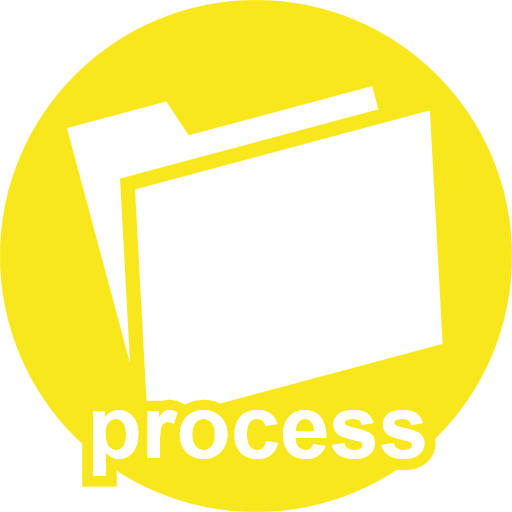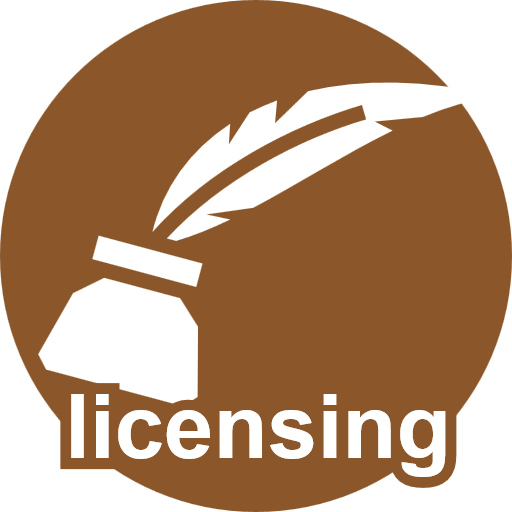We’re proud to launch a new feature on the Cardboard Edison blog: The Publishers, in which we talk with board game publishers about the tabletop gaming industry and their role in it.
For the first installment, we spoke with Chris Kirkman of Dice Hate Me Games about scouting new games, building a company’s brand, the importance of theme, growing a business, and more…

More than any other publisher, Dice Hate Me Games is associated with the Unpub program for unpublished games. Most of your games were signed at Unpub events. How long do you plan on maintaining that approach? Is it sustainable in the long run, or do you plan to expand beyond it? Will the rise of public playtesting events like Unpub give other publishers access to a pipeline of new designs?
I have always supported the Unpub program, and I will continue to do so until it either folds or transitions into something else. I believe that approaching designers within the Unpub network is an invaluable way to not only see designs as they progress, but also help to shape the scope of them through the process. Basically, for a publisher, it’s almost like a shortcut to internal playtesting. By sitting down, playing a game and getting feedback, you’re helping those designers make better games–games that I may want to sign later!
I do believe that as more playtesting events occur, more and more publishers will realize the value of the system. Already in the past three years at Unpub, we’ve seen more and more publishers send representatives to scope out the best and brightest. I think that will continue to grow.

How do your personal preferences inform your decisions as a publisher? Where’s the boundary between Chris Kirkman and Dice Hate Me Games, and will that boundary move as your company grows?
That’s a really tough question to qualify. I know in my gut what I’m looking for as a publisher, and so when I sit down and something just clicks, I know I want it. That happened with Brew Crafters. Not only had designer Ben Rosset put together a solid and fun game, but he had also built it from the ground up with theme in mind. That leans a bit more toward my design philosophy and what lends Dice Hate Me Games a certain atmosphere. Of course, the fact that the theme was beer certainly didn’t hurt!
As far as a boundary between myself and the company–I don’t see that changing as we grow. I’ve stuck to my guns on what I’m looking for and it has worked, so far. That’s not to say that I won’t be challenging myself to branch out a bit in the future. We have a lot of big things planned, and it may surprise some people.

Dice Hate Me titles typically share a design aesthetic that you’ve called “retro Americana.” But occasionally you’ll publish a game that diverges from that aesthetic, such as Belle of the Ball with its fictional setting or New Bedford with its historical setting. How do you decide when to stray from your company’s thematic signature?
Well, Belle of the Ball was certainly an aberration for the company, but I felt like it was a good one. By Kickstarting a smaller game with a slightly quirkier theme, we could test the waters on marketability and how far to stretch the brand. Even though Belle was set on a fictional Victorian island, the game still maintained that certain unique aesthetic that we go for. Trying out some new things from time to time–like Belle of the Ball and Isle of Trains–helps us to get people accustomed to seeing more from the company. But it has to be done carefully to maintain the integrity of the brand.
As for New Bedford, I think it fits directly into the Dice Hate Me Games aesthetic. All of our games that are part of the “retro Americana” style are set in a particular time period. VivaJava is the ‘50s coffee culture, Compounded reaches back a bit to the late ’60s, The Great Heartland Hauling Co. is set during the hayday of trucking in the ‘70s. Carnival stretched back to about the '20s and '30s, and so when New Bedford came along I felt that going back even further might be cool. The theme is certainly a big part of American history, so it just fit.

When is retheming appropriate for a publisher with a particular thematic approach?
When it comes to retheming from a publishing standpoint, it really comes down to whether that particular company’s brand has a specific scope. In regards to Dice Hate Me Games, I really haven’t had to do a lot of retheming to fit our brand because the themes of the games I’ve chosen have already been integrated pretty tightly and work well.
Some games need some tweaks along the way, of course. The Great Heartland Hauling Co. was originally known as Over the Road, and it had a much more modern urban feel to it. The original graphic design was more akin to trucks delivering around a city, and, while attractive, just didn’t seem to fit our aesthetic. So we decided to draw on a lot of the open road appeal of the Midwest and channel the 1970s when trucking was truly king. After some deliberation, the name was changed to reflect that Americana vibe that runs through most of our titles, and the graphic design took on a much brighter tone with lots of maps, classic iconography, and town references that evoked the time period.
Some publishers may find that a game’s theme needs to be completely reworked, but with DHMG, it’s more often the case of fine-tuning the visual aesthetic so that our games seem to live in the same universe.

Your background in graphic design lets you do much of your company’s graphic design work yourself. Do you plan to continue that or will you bring on more help as your company grows? How long should small publishers take a “do it yourself” approach, and how can they know when it’s time to delegate?
As the company has grown, I have found my time for graphic design duties a bit stretched. It becomes harder and harder to stay on schedule when I have so many other logistics to manage. I will continue to do a lot of the graphic design for our games, but I’m also branching out. Darrell Louder has been immensely helpful in taking care of all of the design for his game, Compounded, and has lent a hand for art for VivaJava and Brew Crafters, as well as tackling a couple of the Rabbits series of card games.
One way that I think we’re branching out with more and more in order to save me some time is in hiring outside artists. I can still manage and art direct from the captain’s chair, and we can draft the skills of some great artists like Jacqui Davis, Adam McIver, Benjamin Raynal, and more as we grow.
I do think small publishers should be heavily involved in doing it themselves, provided they have the time and skills. I will say, however, that if you’re not good at graphic design, don’t skimp–it can make a huge difference in your end product!
Cardboard Edison is supported by our patrons on Patreon
- SENIOR INVENTORS: Steven Cole, Richard Durham, Matthew O'Malley, Isaias Vallejo
- JUNIOR INVENTORS: Stephen B Davies, Luis Lara, Behrooz Shahriari, Aidan Short, Jay Treat
- ASSOCIATES: Zachery Cook, Doug Levandowski, Nathan Miller, Marcel Perro
- APPRENTICE: Brad Price




























